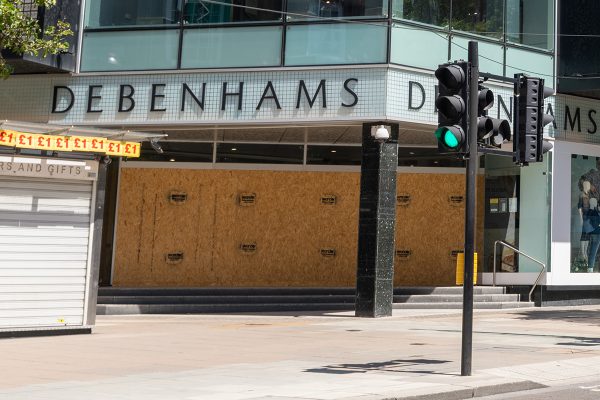Consumer spending rose 0.3% in August compared to the same period last year, according to Visa’s consumer spending index, meaning that 2017 is likely to see the weakest growth in general shopping since 2017. Spending has grown on average only 0.2% in during the months up to August.
In particular, expenditure on clothing decreased despite the usual August ‘Back to School promos. And spending on transport and communications fell for the eighth consecutive month as consumers delayed those big ticket purchases such as cars.
The cause of consumer caution is predominantly two-fold. The very weak growth in wages, combined with inflation, has simply diminished consumer spending power over recent years. And the inlation pressure is unlikely to reduce any time soon with Bank of England governor Mark Carney warning that it will reach 3% in the months to come. The UK Government target for inflation is 2%. Other pundits remark that the wet and relatively cool weather in August drove shoppers online
And online shopping has performed significantly better than the High Street. Indeed the August year-on-year growth of online was 6.5% and helped the bolster the total.
Several other trends underpin these results. Firstly the weakness of sterling meant that many more people opted to holiday in the UK, the so-called staycation, meaning the overseas travel sector has had a lacklustre summer. Also, there’s something they’re calling the “lipstick effect”. That’s where, in the absence of making lavish purchases, people rather splash out on smaller, treat items instead such as spa treatments or experiences.
Helen Dickinson, chief Executive of the British Retail Consortium (BRC) said that the ever increasing costs of doing business on high street was compacting the problem because retailers are delaying investment and refurbishment in their outlets. She urged the government to help out and says that “not applying the planned inflationary increase to business rates next April would be a place to start.”









